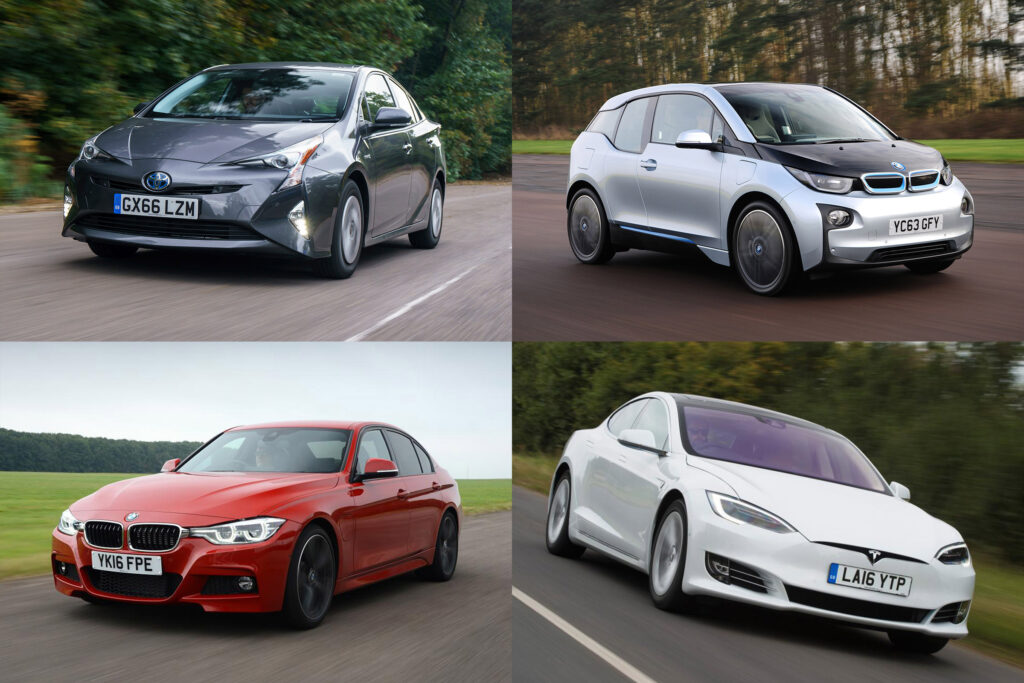End of Lockdown Signals a Rise in Vulnerable Road Users

The end of lockdown will see a rise in Britons using vulnerable methods of transport such as cycling and walking, as a new study suggests that a sizeable drop in car usage will continue as restrictions are lifted.
Over 2,000 people were surveyed as part of the study from National Accident Helpline, which questioned British people on their intended main mode of transport once lockdown restrictions have lifted.
The study revealed that the number of people using their car as their main mode of transport is set to drop by 2.5%, even after restrictions have been lifted, which could see as many as 970,00 less cars on the road compared to pre pandemic levels.1
There will also be fewer people (2.6% less) using public transport as their main method of transport.
In moving away from cars and public transport, British people are reporting an increased reliance on more vulnerable methods like walking and cycling. The number of people reporting walking as their main mode of transport is set to increase by 3.5%, and cycling is expected to be up 2%.
Many have turned away from public transport due to COVID concerns, as it transpires that 13% of cyclists have given up public transport to move to cycling, and 10% of walkers have given up public transport to move to walking.
I Want to Ride My Bicycle
When looking at the main shifts between transport types, the data indicated that while sections of the pubic are prioritising COVID-19 security, many have given less thought to the increased traffic accident dangers that are associated by becoming a vulnerable road user.
A quarter of respondents (26%) who will be cycling as their main mode of transport once lockdown restrictions have lifted will be giving up their own car as their main method of transport.
However, the majority (60%) of new cyclists stated they were not concerned about an increased risk of having a road traffic accident by switching to cycling, despite the increased risk of accidents when navigating roads on a bicycle.
Cyclists have much less protection than other road users when out and about, however respondents stated that this wasn’t a worry as they “feel that using my bicycle responsibly creates no greater risks. In fact, by using cycle lanes and paths maybe even reduces the risk”. Another respondent stated that “there wouldn’t be any risk as I’ll take precautions and will be more alert”, indicating that the majority of new cyclists could be underestimating the heightened danger of cycling on UK roads.
For the minority of new cyclists who recognise the greater potential risk of accidents when riding a bike, the key concerns focus on the actions of other road users and the protection offered on a very different urban landscape in the post lockdown world. Cyclists complained that “many people don’t respect bikes” and “some drivers are incredibly careless around cyclists”, while also highlighting that “once lockdown ends, the roads will be busier and more congested” due to the number of people moving away from public transport.
This congestion will be made all the more confusing for new cyclists with ever changing cycle lane changes, as highlighted by the recent announcement of rebuffed plans for a flagship cycle lane in central London, causing one cyclist to complain that “cycle lanes are not good enough”.
Which regions have seen the biggest rise in vulnerable road users?
The data indicates that Belfast roads will see one of the largest shifts in motor vehicles on the road, with a 15% decrease in residents using their cars
Bristol (-14%), Norwich (-12%), and Sheffield (-12%) have also seen a move away from travelling by car.
Perhaps unsurprisingly, the cities that have seen the biggest drop in car usage have seen an upsurge in people moving towards vulnerable road user modes of transport.
Belfast has seen huge upturns in bicycle use (+15%) and walking (+8%), with Sheffield also boasting a massive 18% increase in walking.





